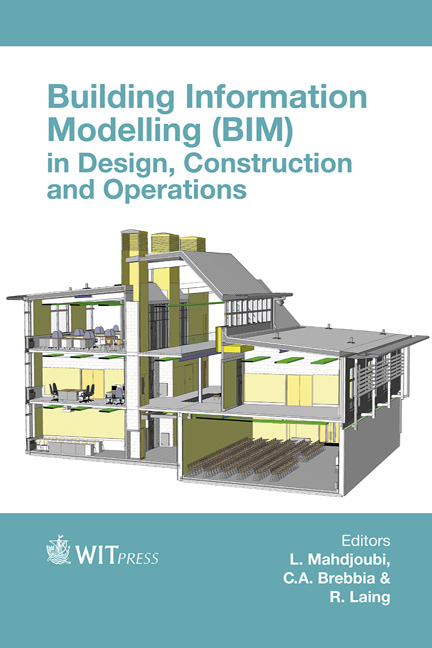BIM For Infrastructure: Integrating Spatial And Model Data For More Efficient Contextual Planning, Design, Construction And Operation
Price
Free (open access)
Transaction
Volume
149
Pages
11
Page Range
305 - 315
Published
2015
Size
756 kb
Paper DOI
10.2495/BIM150261
Copyright
WIT Press
Author(s)
M. Suchocki
Abstract
Global GDP is forecast to double between 2010–2030, with existing civil infrastructure determined unable to handle an anticipated resultant 50% increase in usage. The global infrastructure investment required across land transport, telecoms, electricity, and water sectors to meet GDP and usage growth is calculated at around $53 trillion. This is at a time when the resources required to deliver such investment are similarly coming under pressure.
This quandary of trying to meet increasing infrastructure investment with a shortfall in resource suggests new ways of working needs to be adopted. Emerging Building Information Modelling (BIM) for Infrastructure solutions are extending the industry’s capability by focusing on exploiting the value of data rather than the execution of routine activities such as drawing during professionals’ daily work. These solutions can provide more efficient infrastructure development, with fewer resources, reduced timescales and improved outcomes.
The paper will illustrate how professionals such as geospatial practitioners, architects, and engineers are beginning to leverage BIM for Infrastructure to collaboratively understand existing urban and natural environments, conceptualise new infrastructure, analyse alternatives, visualise proposals and pass approved options on to full design development. Processes for data continuity through the entire capital project lifecycle into operation will be described and aspects such as interoperability and exploitation of multiple data sources will be covered.
Keywords
BIM, infrastructure, mandate, interoperability, geospatial





